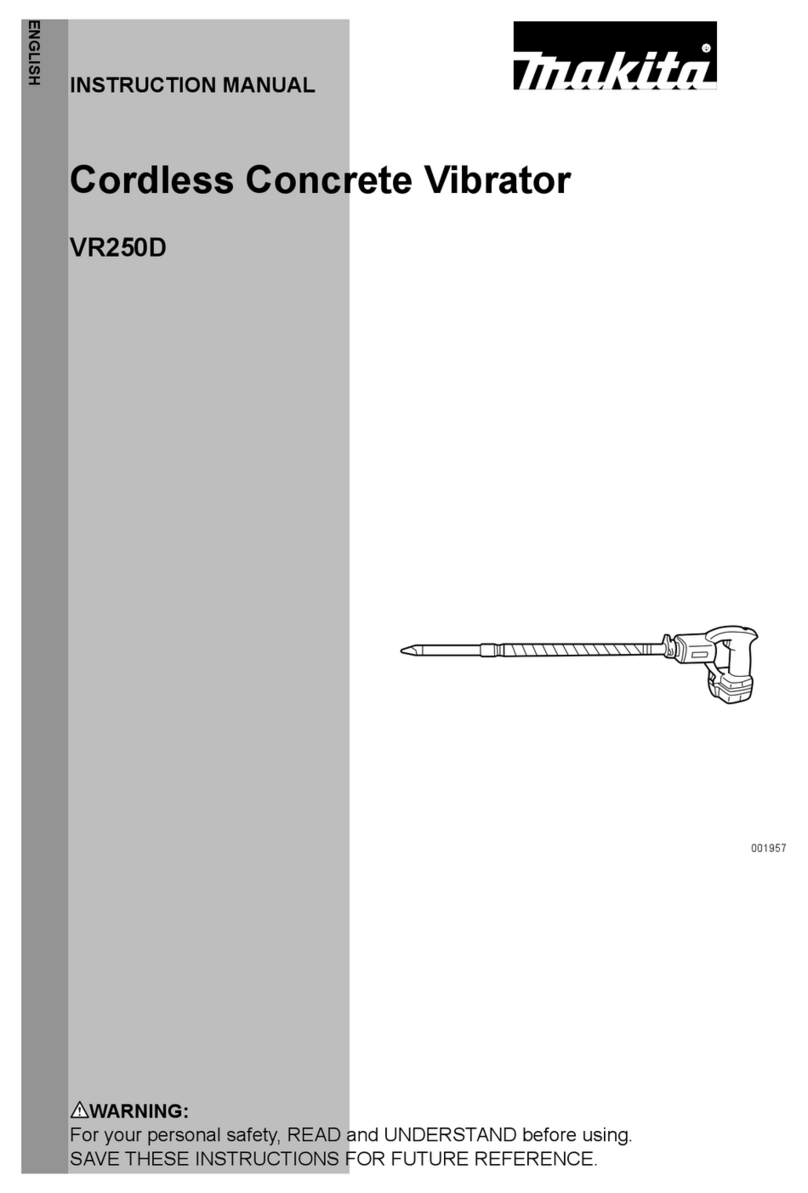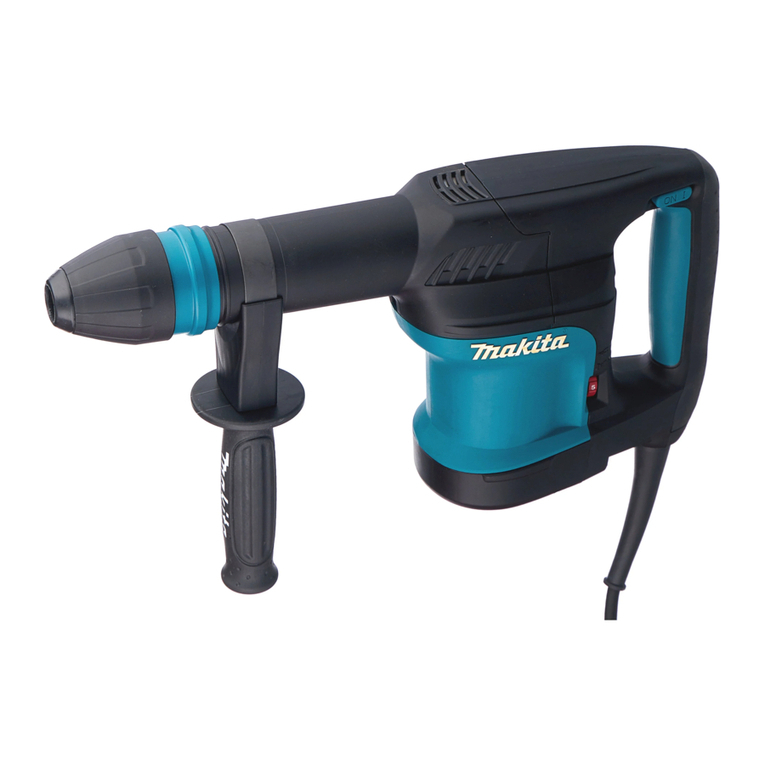Makita JV0600 Manual
Other Makita Power Tools manuals

Makita
Makita XCM01 User manual
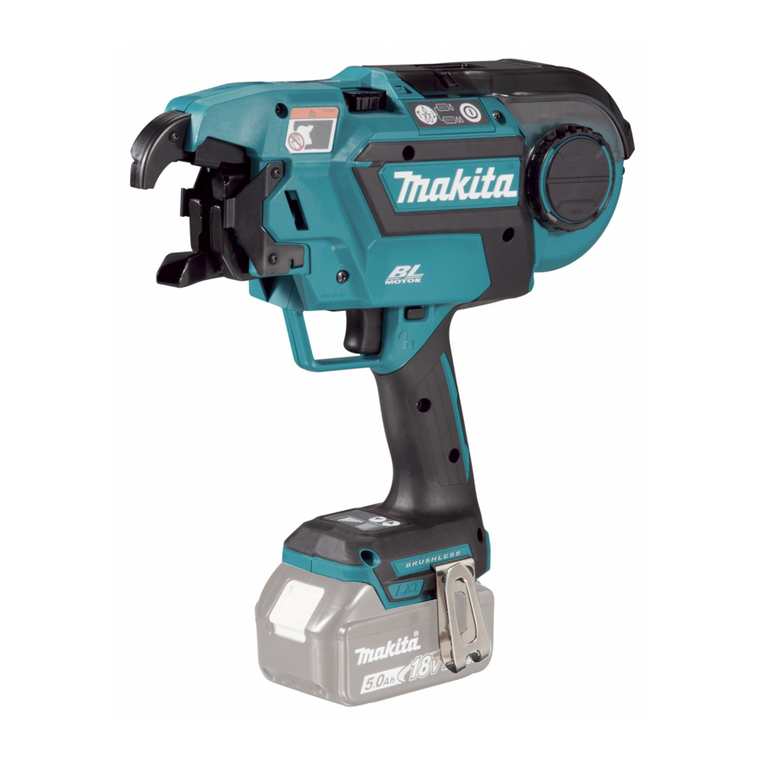
Makita
Makita DTR180 User manual
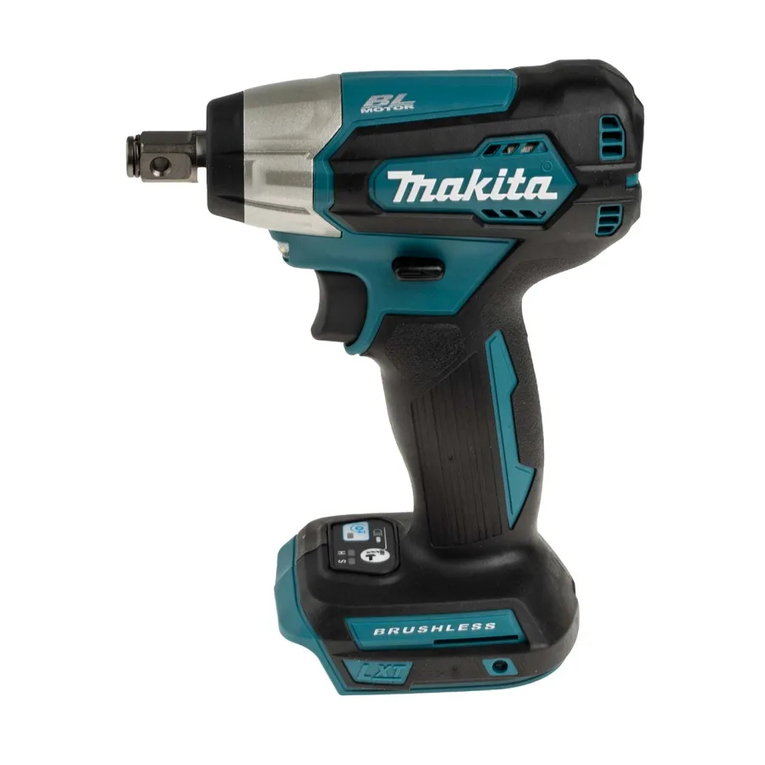
Makita
Makita DTW181RGJ User manual

Makita
Makita Makstar BVR340 User manual
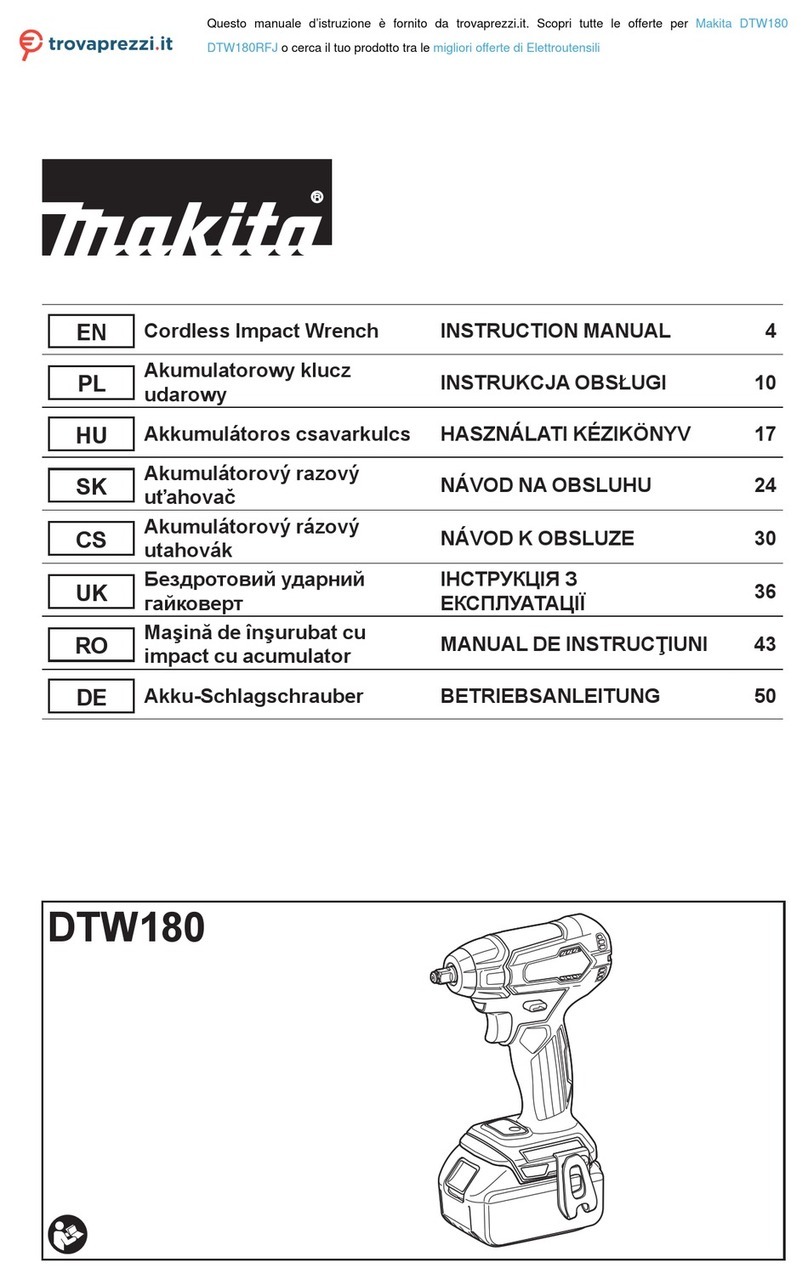
Makita
Makita DTW180RFJ User manual

Makita
Makita 6933FDWDE User manual

Makita
Makita HR2652 User manual
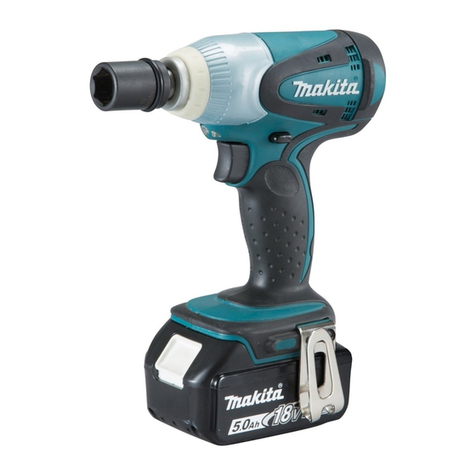
Makita
Makita DTW251RTJ User manual
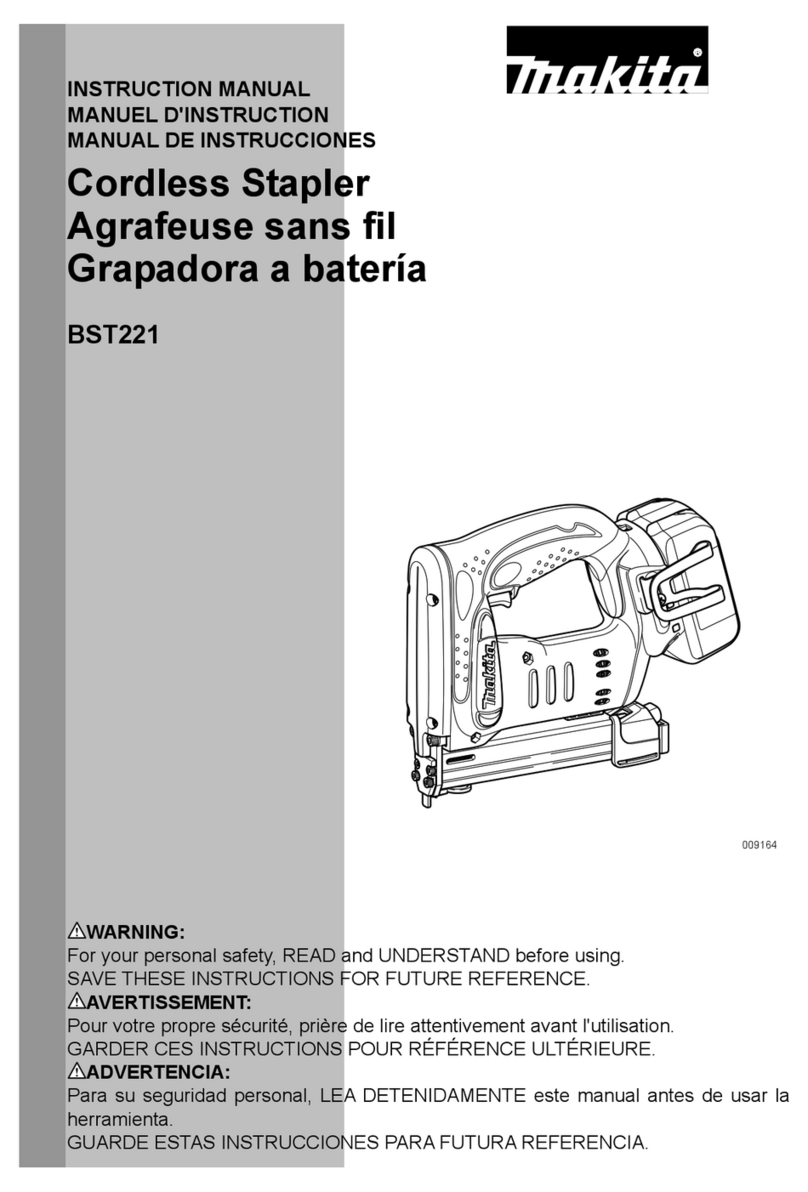
Makita
Makita BST221 User manual
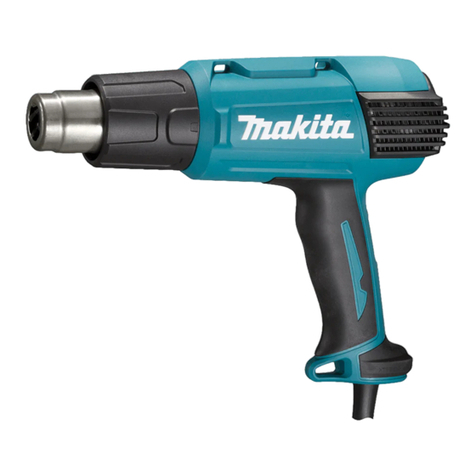
Makita
Makita HG6531C User manual
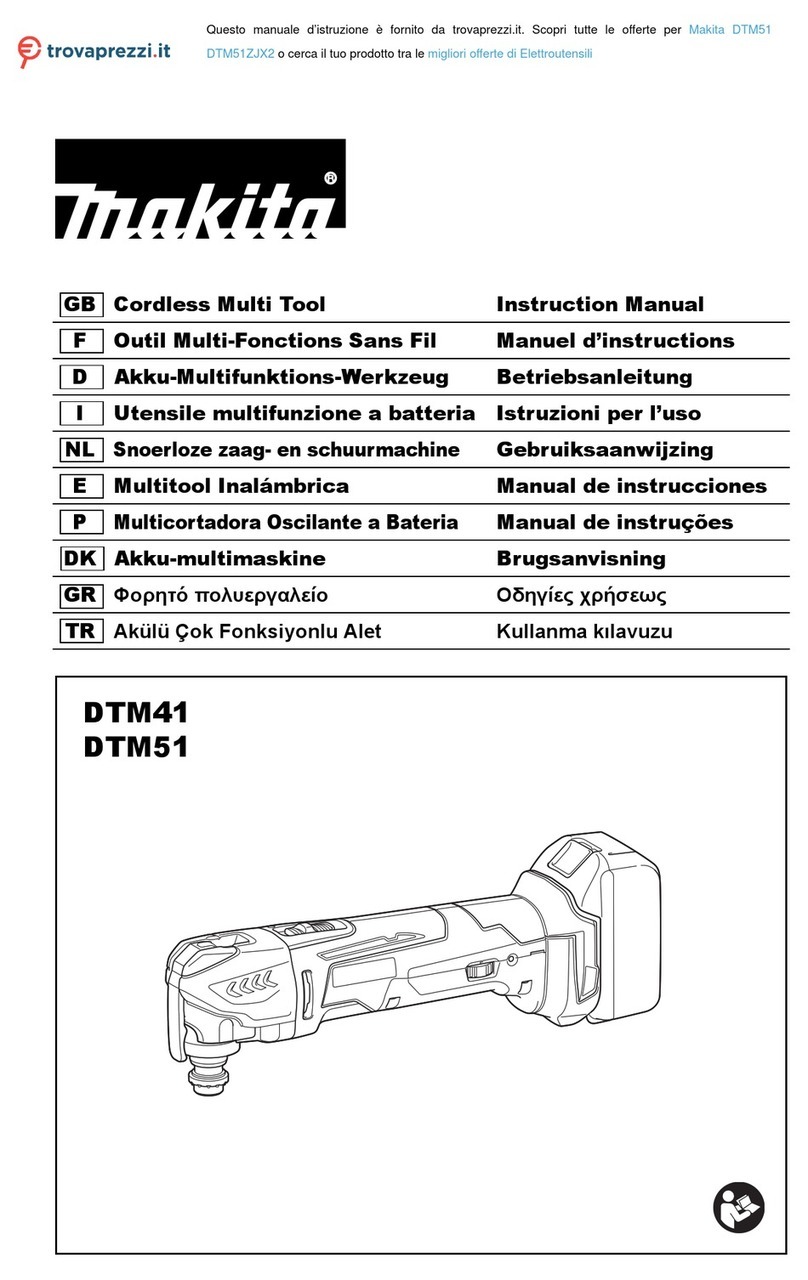
Makita
Makita DTM51ZJX2 User manual
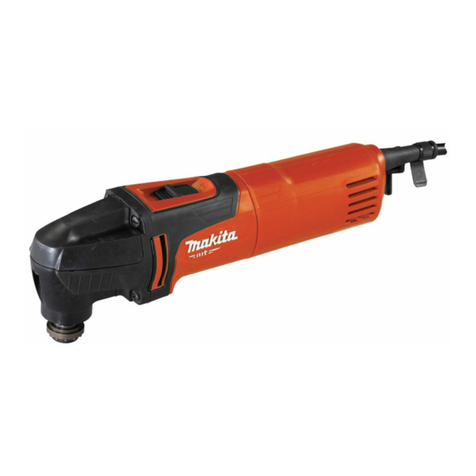
Makita
Makita M9800 Series User manual
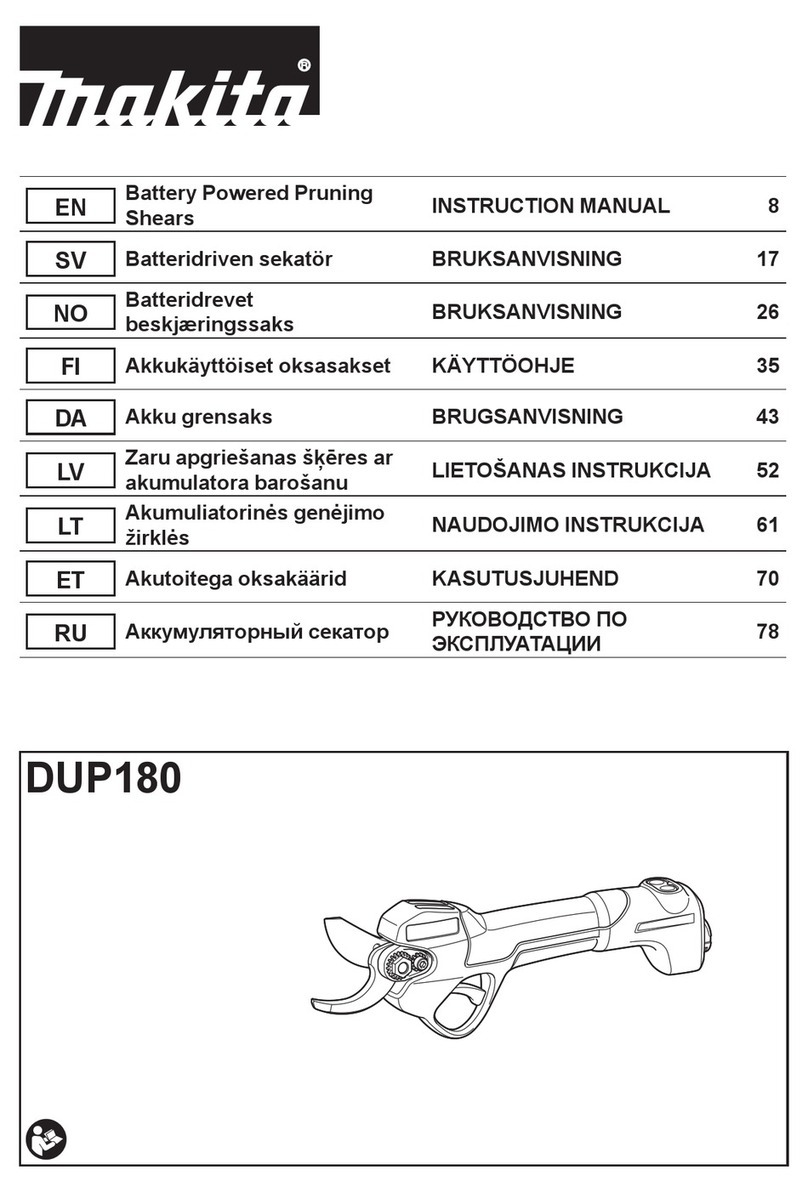
Makita
Makita DUP180 User manual
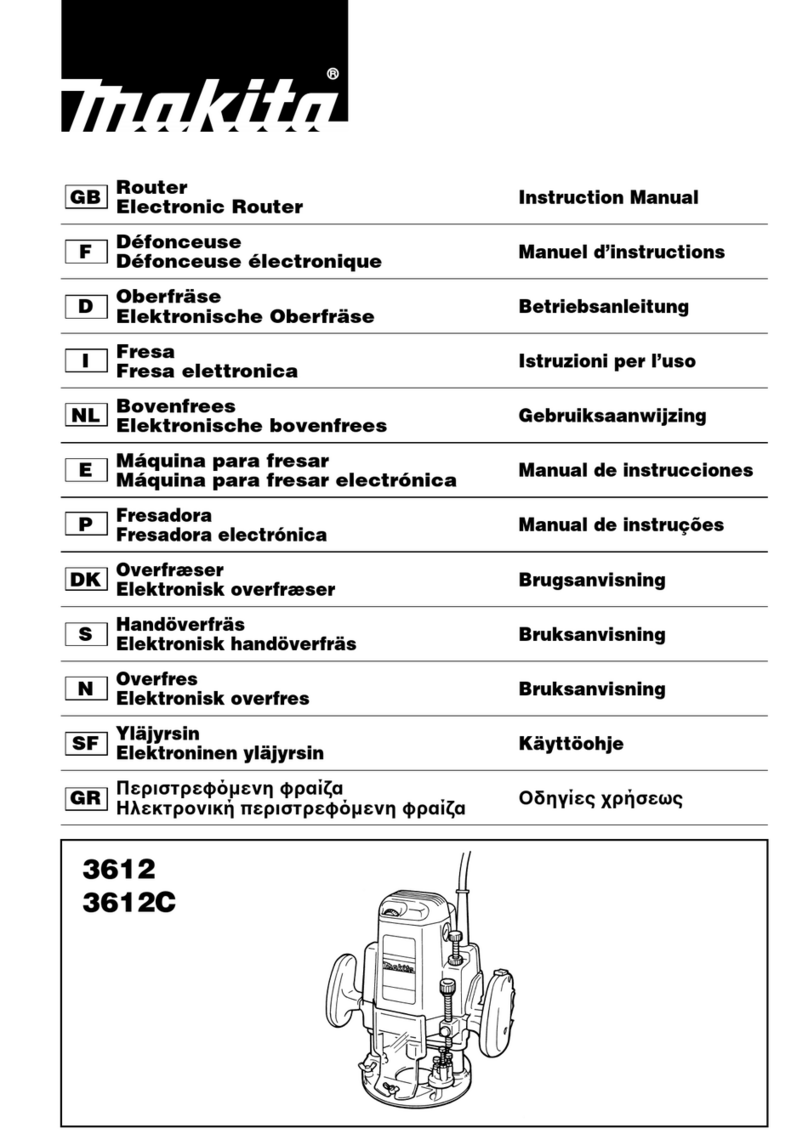
Makita
Makita 3612 User manual
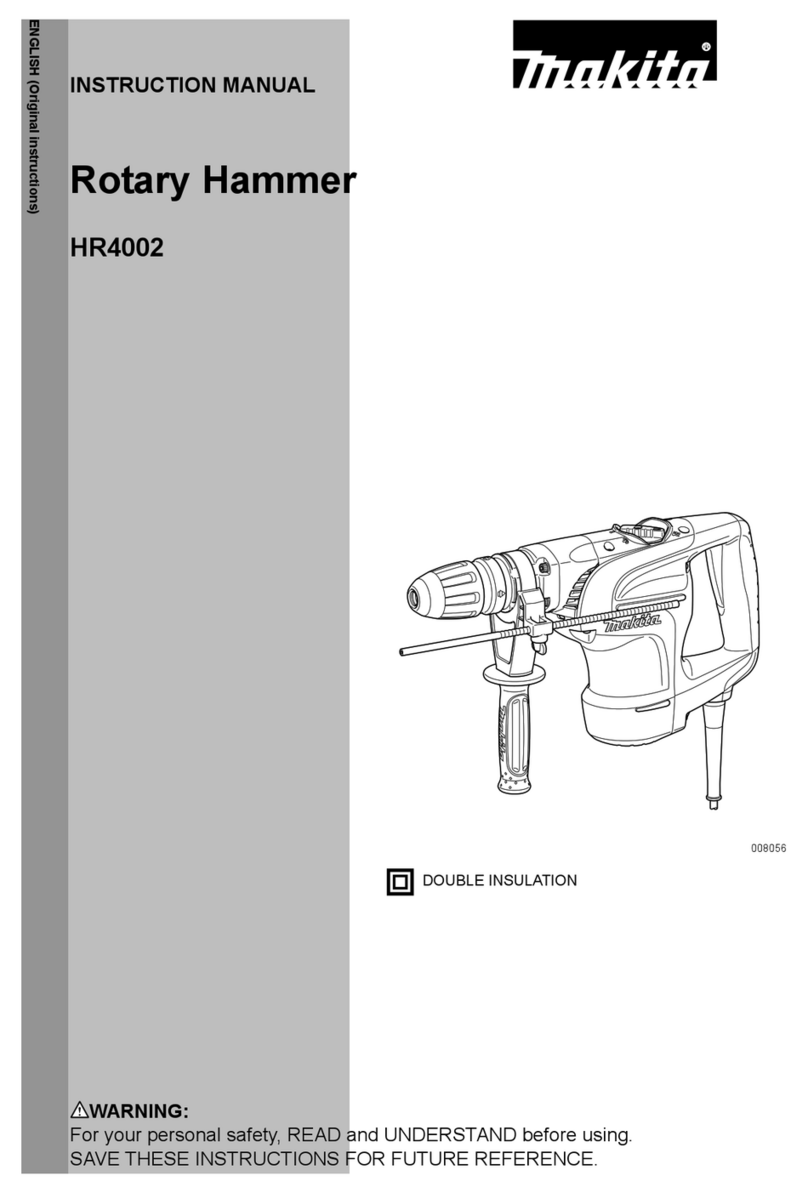
Makita
Makita HR4002 User manual

Makita
Makita Makstar BVR340 User manual
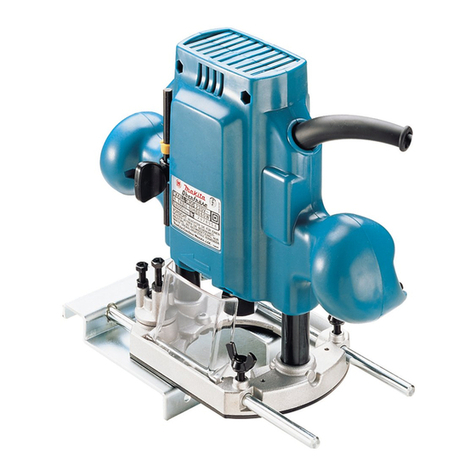
Makita
Makita 3620 User manual
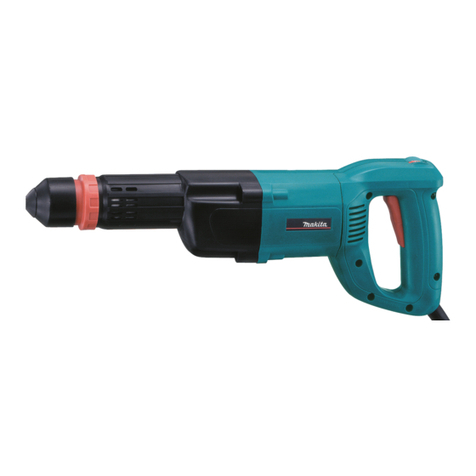
Makita
Makita HK0500 User manual
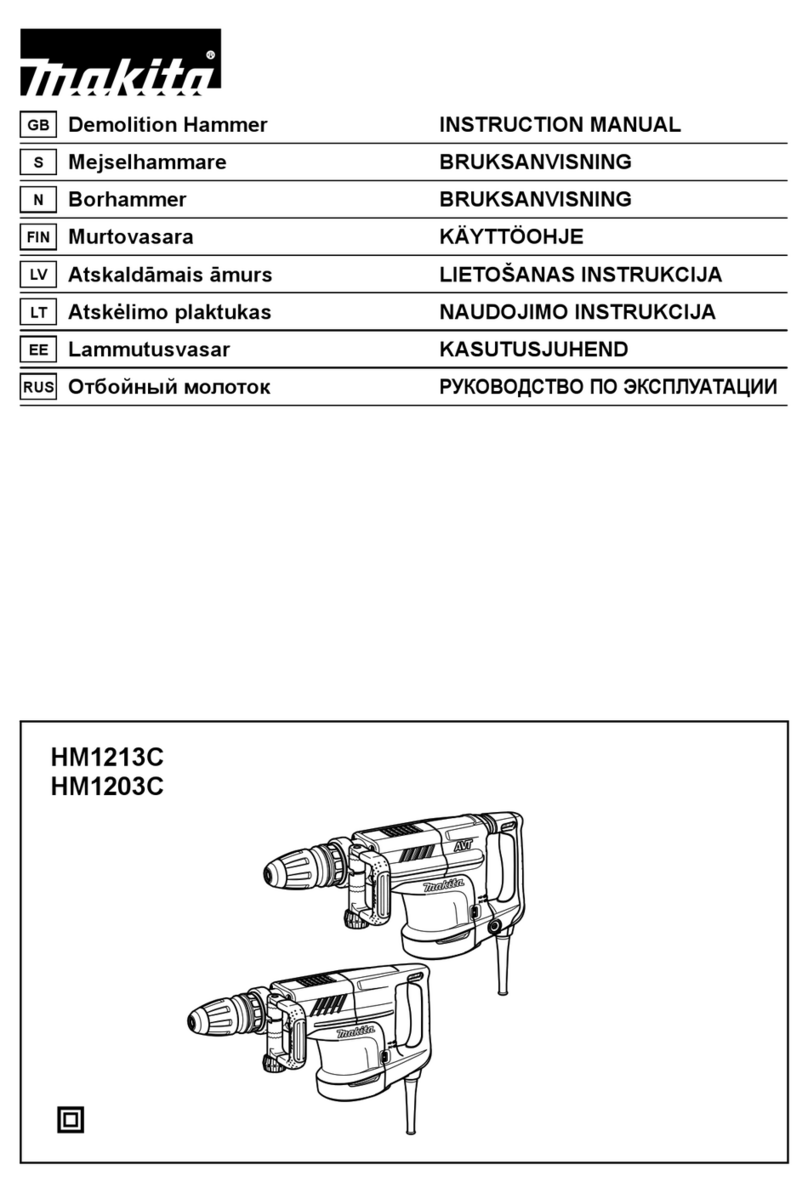
Makita
Makita HM1213C User manual
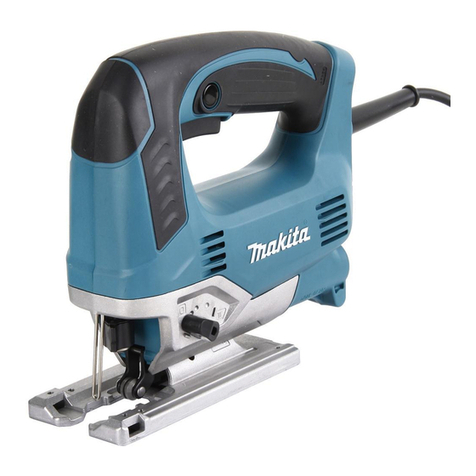
Makita
Makita JV0600 User manual
Popular Power Tools manuals by other brands

Senco
Senco DuraSpin ExTPro installation instructions

Ferm
Ferm JSM1020 Original instructions

Milwaukee
Milwaukee M12 FUEL 2559-20 Operator's manual

EINHELL
EINHELL BT-CD 12/2 operating instructions

Evolution
Evolution HDG200 instruction manual

National Flooring Equipment
National Flooring Equipment 7700 Service manual
